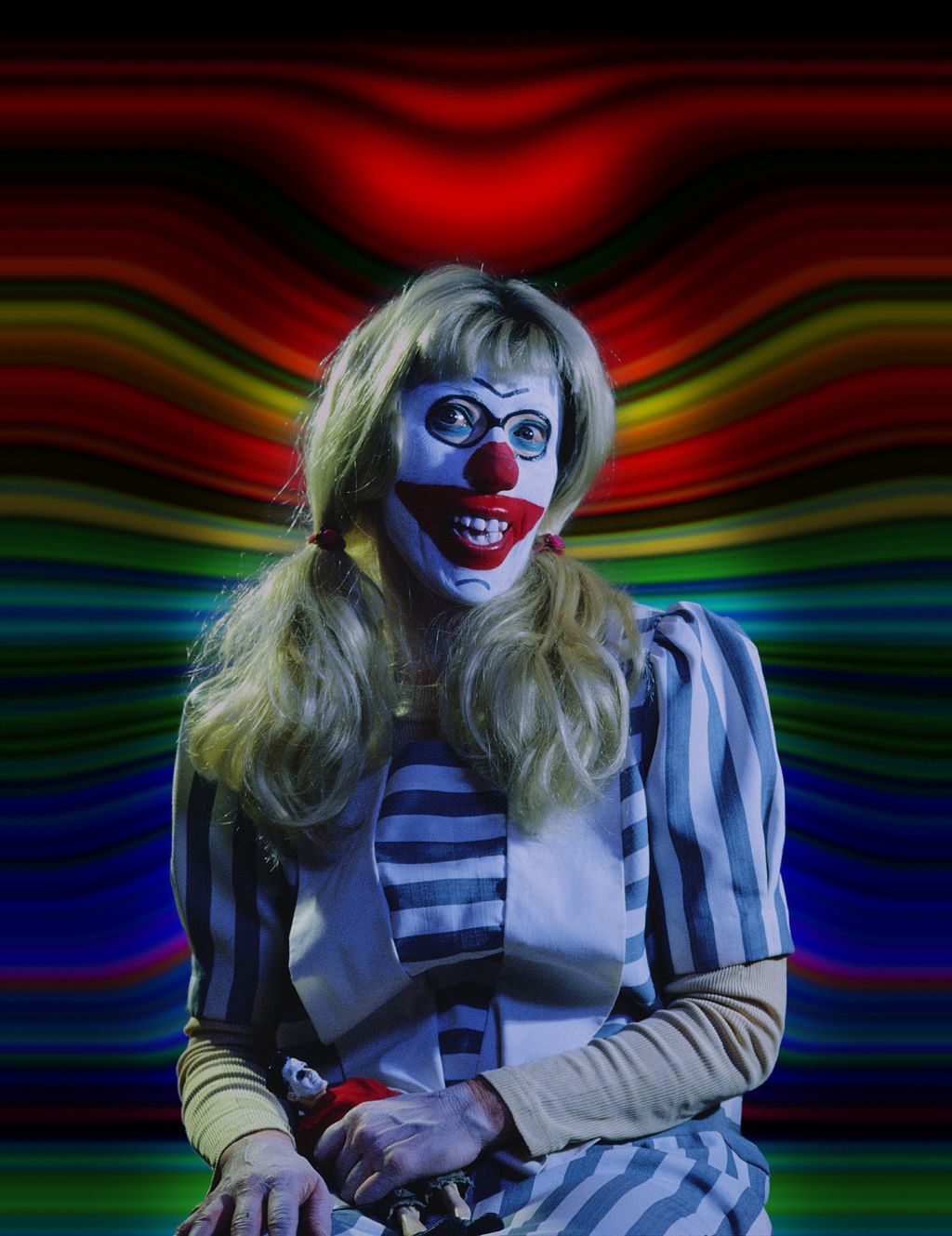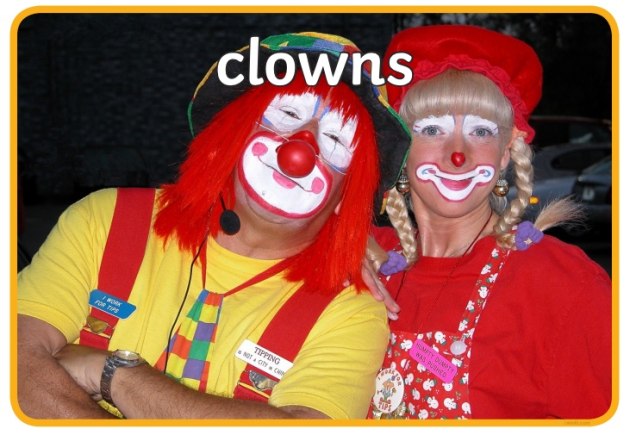The smart Trick of All Occasion Performers That Nobody is Talking About
Table of ContentsMore About All Occasion PerformersHow All Occasion Performers can Save You Time, Stress, and Money.The Single Strategy To Use For All Occasion PerformersLittle Known Questions About All Occasion Performers.Unknown Facts About All Occasion Performers
He specialized in pigs and mules, which he trained and sold to various other clowns. He likewise offered an act with a qualified rhinoceros and is the only person in circus history to provide a tightrope walking elephant.He was likewise a benefactor that offered generously to several charities and he erected the initial monolith to soldiers killed during the Civil Battle - Corporate event ideas Dallas. Origins of the Auguste characterThere is an extensively informed tale concerning the origins of the Auguste clown. According to the tale, an American acrobat named Tom Belling was performing with a circus in Germany in 1869
The manager suddenly went into the area. Belling took off running, ending up in the circus arena where he fell over the ringcurb. In his humiliation and haste to get away, he tipped over the ringcurb once again on his escape. The audience yelled, "auguste!" which is German for fool. The manager regulated that Belling proceed looking like the Auguste.
Some Known Incorrect Statements About All Occasion Performers
For one point, words Auguste did not exist in the German language till after the character came to be preferred. Among the theories of the actual origin is that Belling duplicated the personality from the R'izhii (Red Haired) clowns he saw when he toured Russia with a circus (https://www.cheaperseeker.com/u/all0ccperf0rm). Personalities like the auguste absolutely existed formerly

The dance later on ended up being called faucet dance. It must be kept in mind that there are alternating 'beginnings' for the vagrant character"among which was the taking a trip "hoe children," or itinerant ranch workers, that rode the rails from one community to an additional, cleaning the residue away from their eyes & mouth.
The Ultimate Guide To All Occasion Performers
Keep in mind that the shock wig, overstated lips and eyes, oversized clothes and props of the American clown, props such a seltzer water, packed clubs, taking off stogies, and whistles loaded with residue, are not Grimaldi's. They come from Tambo and Bones. The English blackface comedian Charles Mathews came to America in 1822 to perform and examined black life and customs.
No one knows where the mummers' plays and Morris dancings came from. In such plays there is a combination of characters consisting of "kings" and "saints", cross-dressing, and blackface functions; the faces of Morris (or "Moorish") dancers were additionally smudged. The mummer's plays were not for enjoyable. Many were carried out by poor guys in the starving time after Xmas.
If denied, they would plow the transgressor's backyard. The Derby Play of the Tup was executed for food and beer by unemployed young people. This usage of blackface for political action camouflaged as home entertainment continued America when the descendants of these guys smudged their faces to oppose tax obligations. One such protest has entered American background as the Boston Tea Ceremony.
What Does All Occasion Performers Do?

While not the lavish events we assume of today, some early, rougher kinds of traveling circus were prominent in America from Revolutionary times-- George Washington was a fan. Blackface clowns performed in them from a minimum of the 1810s and possibly prior to; they were a staple by the 1820s. The large red or white mouth repainted on by contemporary clowns is a remnant of the blackface mask.
In many aspects minstrelsy was born when these entertainers relocated their acts from the outdoor tents to the stage of American variety cinemas. There was a solid element of clowning in minstrelsy. The blackface mask was a clown's disguise, overemphasizing the facial features right into an anime, a caricature. The blackface clown may be the forerunner of today's anodyne circus clown, but or else both are as opposite as blackface and whiteface.
Some Known Questions About All Occasion Performers.
Who in nineteenth-century America was more of an Other than the Negro? What much better mask than blackface? In numerous traditions the clown would certainly reveal some physical deformity, like a hunchback, dwarfism-- or like Jim Crow, lameness - Face painters near me. And due to the fact that he was various, an Others, the clown was allowed to state and do points no one else could.
Satire and parody were main to minstrelsy. It's fascinating that in the West African cultures where most slaves came, the poet-singer griot offered the same satirical jester function when the event occurred. That may have something to do with the interested (to us, looking back) ease with which Southern Blacks approved not just the songs but even the undermining humor of minstrelsy.

Emmett Kelly was the ideal known tramp clown with his character "Weary Willie."Tramp clowns are skilled: + jugglers + magicians + pianists + chalk talk musician + bicyclists.